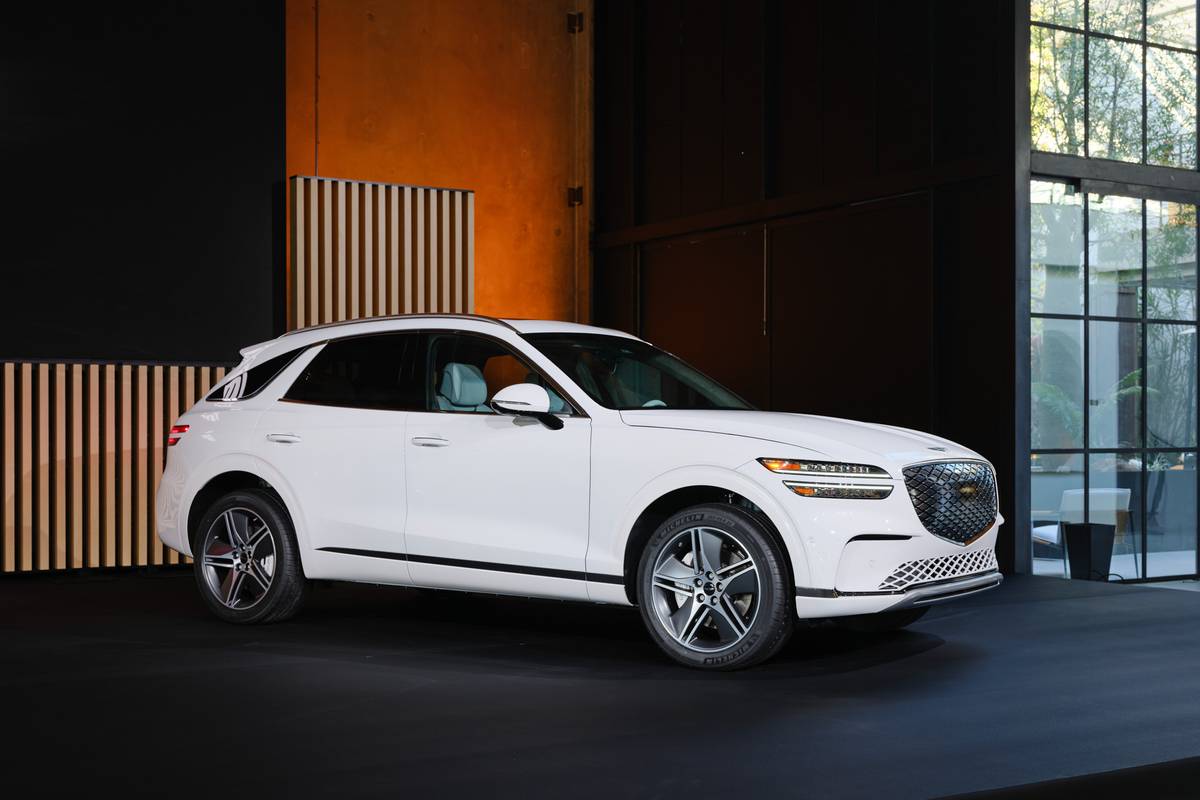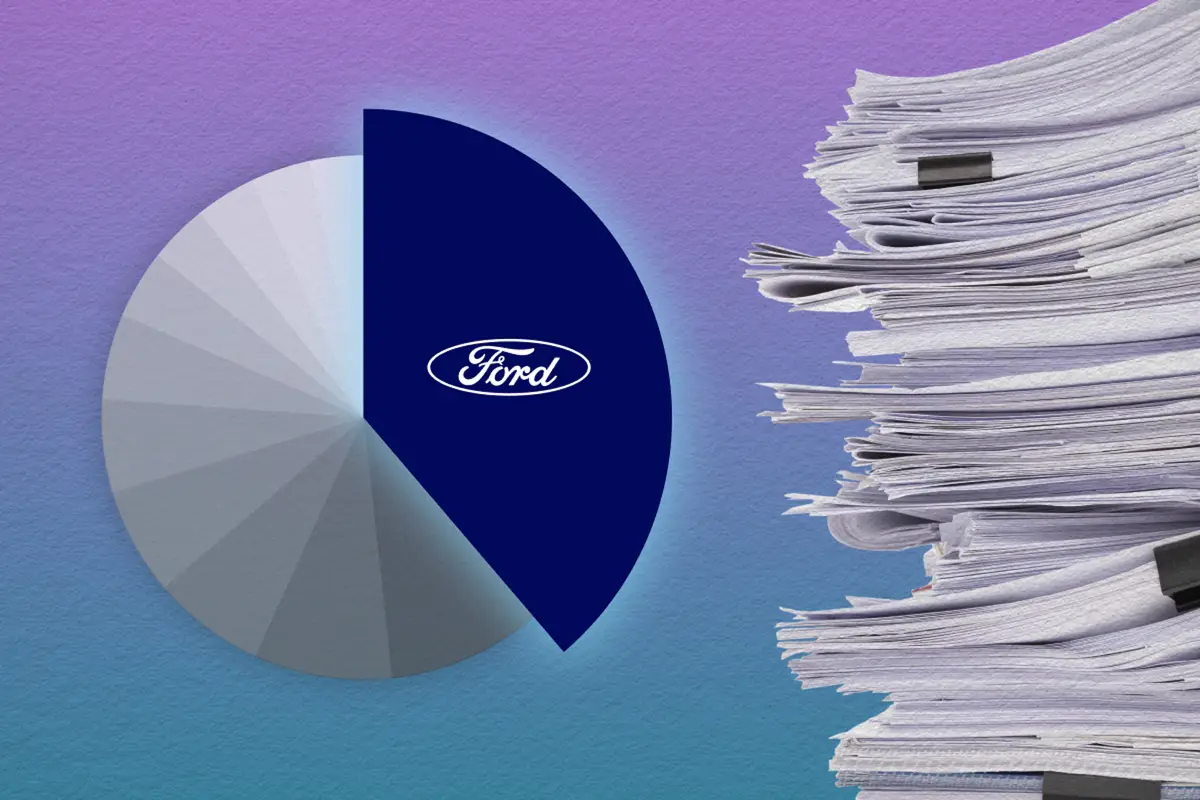Boston.com's view
I last drove the 2007 Mazdaspeed3 on the challenging pavement of Laguna Seca raceway in Monterey, Calif.
In that setting, I found this remarkable little hatchback to be fast, stable, and even able to help remedy a major mistake — we entered a 90-degree turn way too fast.
The “Wild Child,” as one Mazda official dubbed this car, helped save me. Its flat stability and transmission tolerance allowed me to drop into second gear at high rpms, and the front-wheel-drive system said “follow me.” Once the car was pointed where I wanted to go, all I had to do was stomp on the gas pedal.
So how is that race track experience relevant to the everyday driver? Simply, it means that potentially dangerous encounters during regular travel — like a patch of ice or a gravel-covered corner — can be handled deftly. That doesn’t mean I advocate driving like an idiot on the highway, but the Mazda does allow for the mistakes that all drivers sometimes make. And off the track, the Wild Child can be mild. It is a five-door hatchback that would make a delightful daily commuter car.
Superbly sculpted front bucket seats are sharply and rigidly bolstered on the outsides of the thighs and torso. Adaptable headrests offer both comfort and protection. In the rear, seating is surprisingly spacious, with a roof line that holds its height even though, from the outside, it looks to take a sharp dip to the rear pillars. It’s mostly an optical illusion caused by the side windows as they slope to end in a pair of V-shaped panes behind the rear windows. There’s even moderate space behind the seats.
The cockpit is functional, with three silver-rimmed gauges protruding from behind the steering wheel. Drilled-aluminum pedals add to the sporty look and feel.
A navigation system pops up at center dash, standing above an instrument control stack with nicely manageable knobs and buttons for audio, climate control, and travel information. It flows gracefully down and into the small pit from which the short, leather-wrapped, silver-tipped shifter protrudes.
That shifter is used to click through the car’s six gears with snappy precision. It’s particularly fun to move up and down between second and fourth gears.
The 2.3-liter, turbocharged, in-line four-cylinder engine generates 263 horsepower and — remarkably for a high-rev tuner-type car — 280 lb.-ft of the torque that tugs the load. That also means quick starts off the line, and the ability to pass gracefully and safely in sixth gear on a busy highway.
Understeer — the tendency to plow straight in a corner, common to front-wheel-drive cars — is minimal in the Mazda. There is virtually no turbo lag, as the turbo spools up instantly to force extra air for combustion.
Outside, a dark and looming air duct dominates the lower bumper area. It is framed by fog lamps that might go unnoticed behind blades that match the center grille — until they are turned on and the blades seem to disappear in a sharp beam of white light.
The blades, headlamps, pronounced bulges of the rocker panels and a looming roof wing give the car the sharp appearance that has come to define Mazda, even its new line of crossover vehicles.
There’s no doubt that Porsche builds the world’s best performance cars that can also serve as daily commuters, like the 911 twin turbo with all-wheel drive. But on the lower end, Mazda leads the pack — at the racetrack and in suburbia.
Latest news



